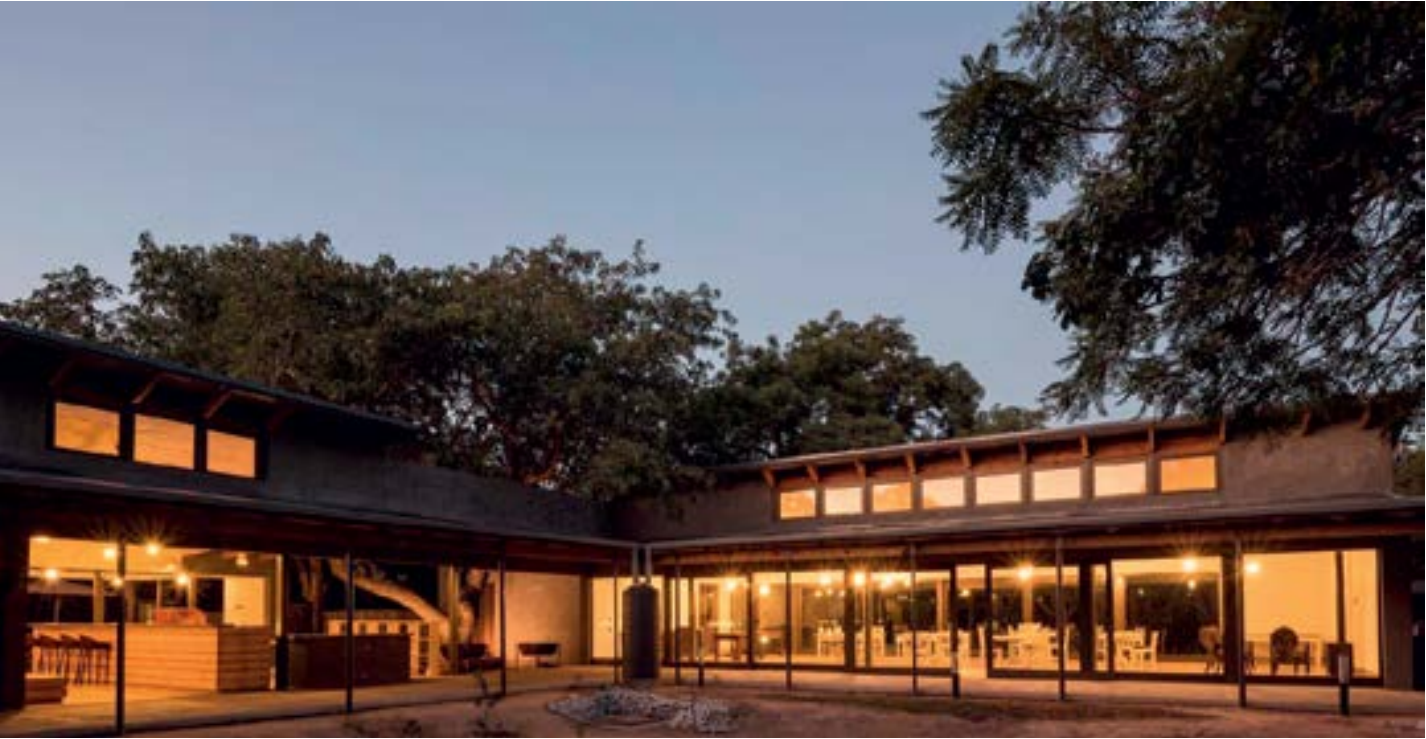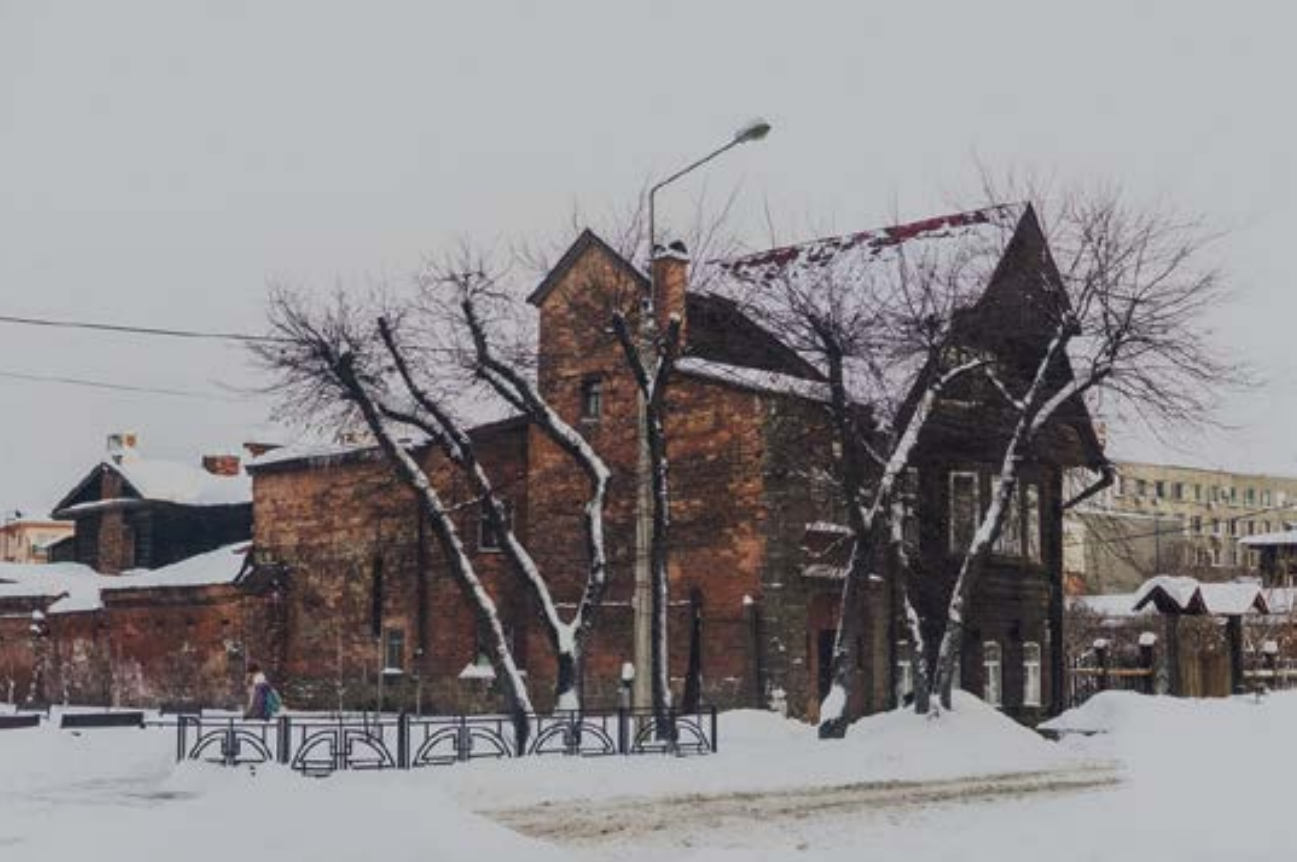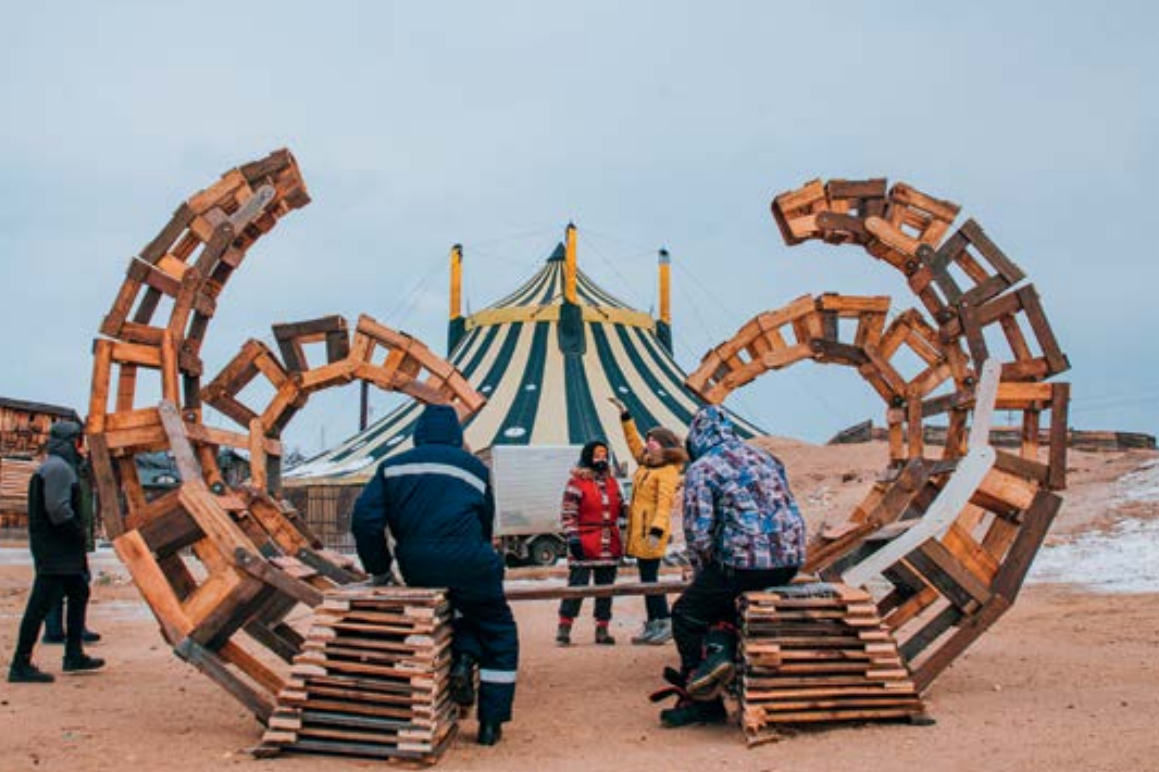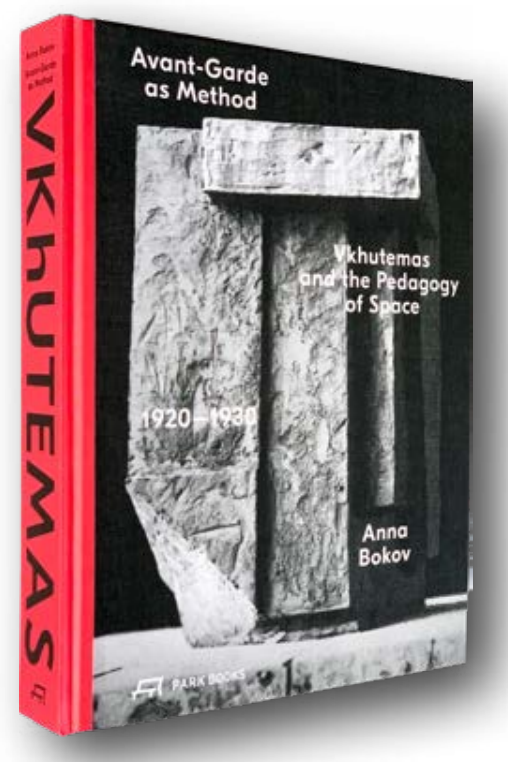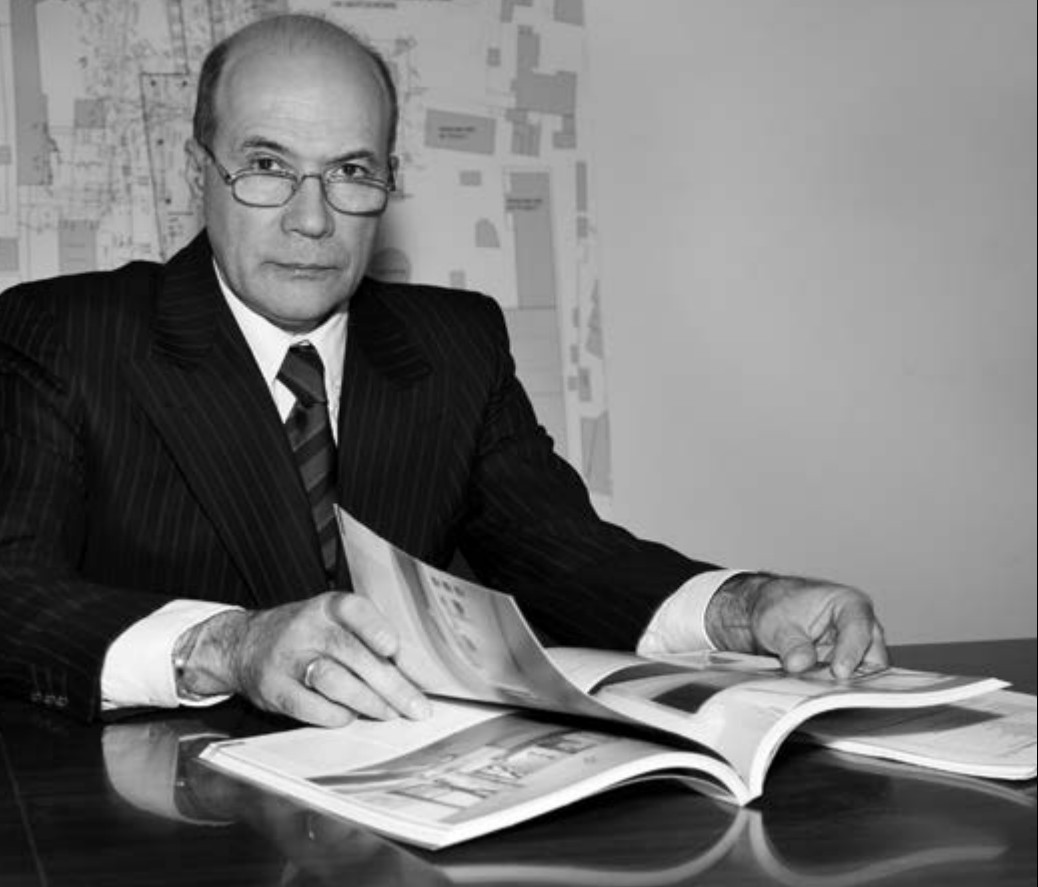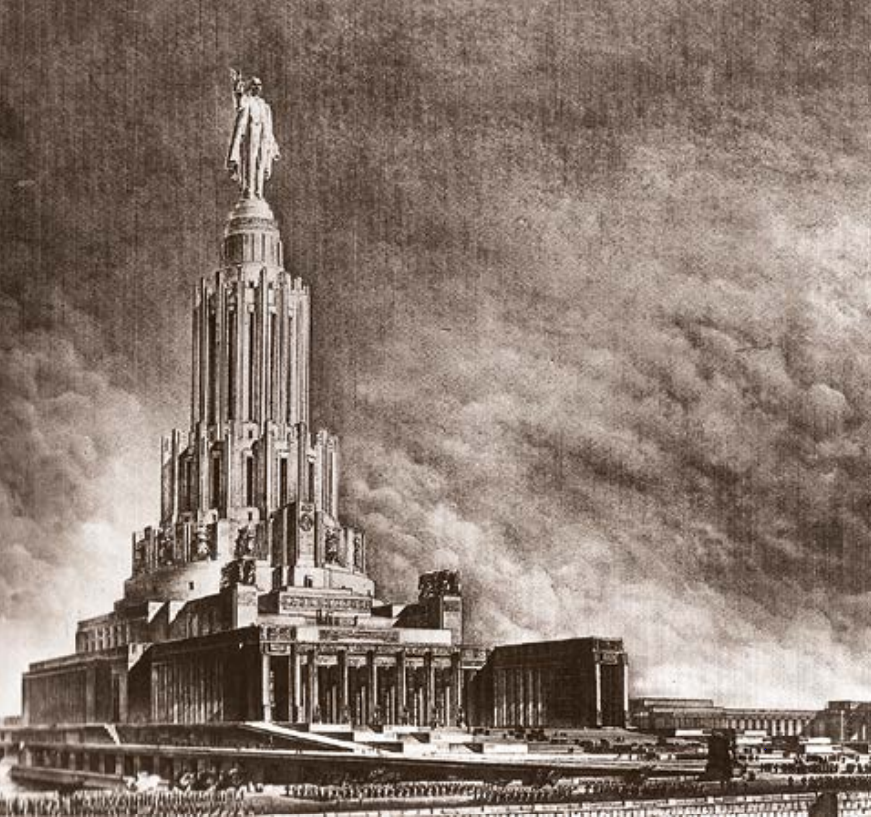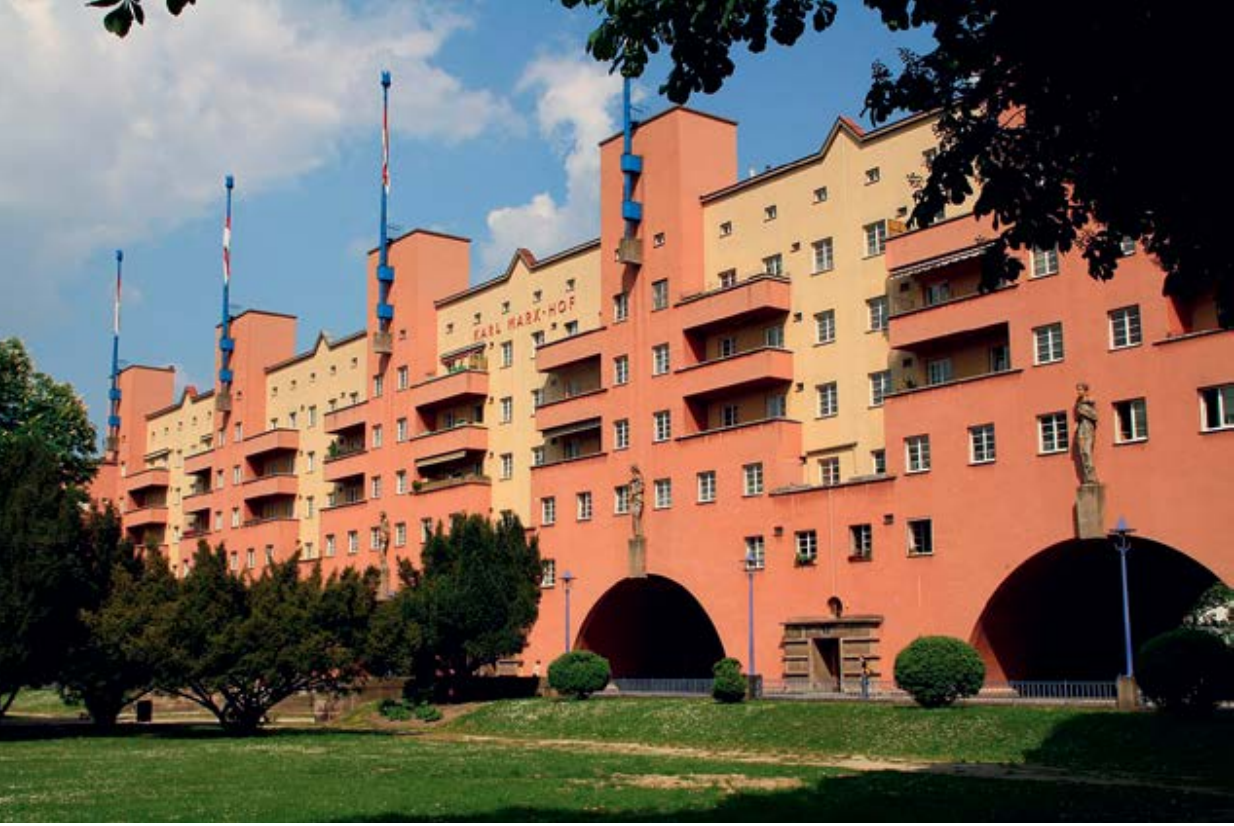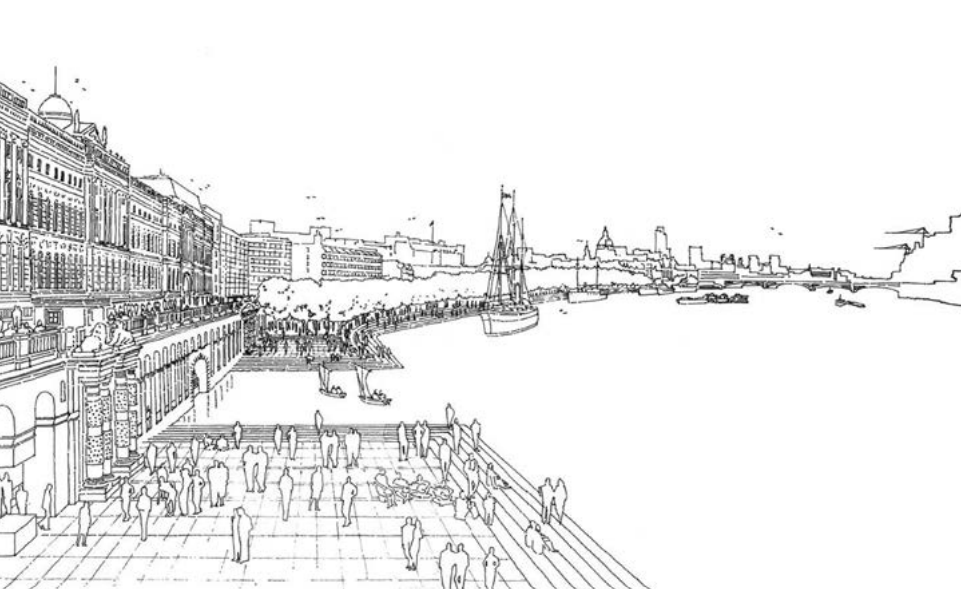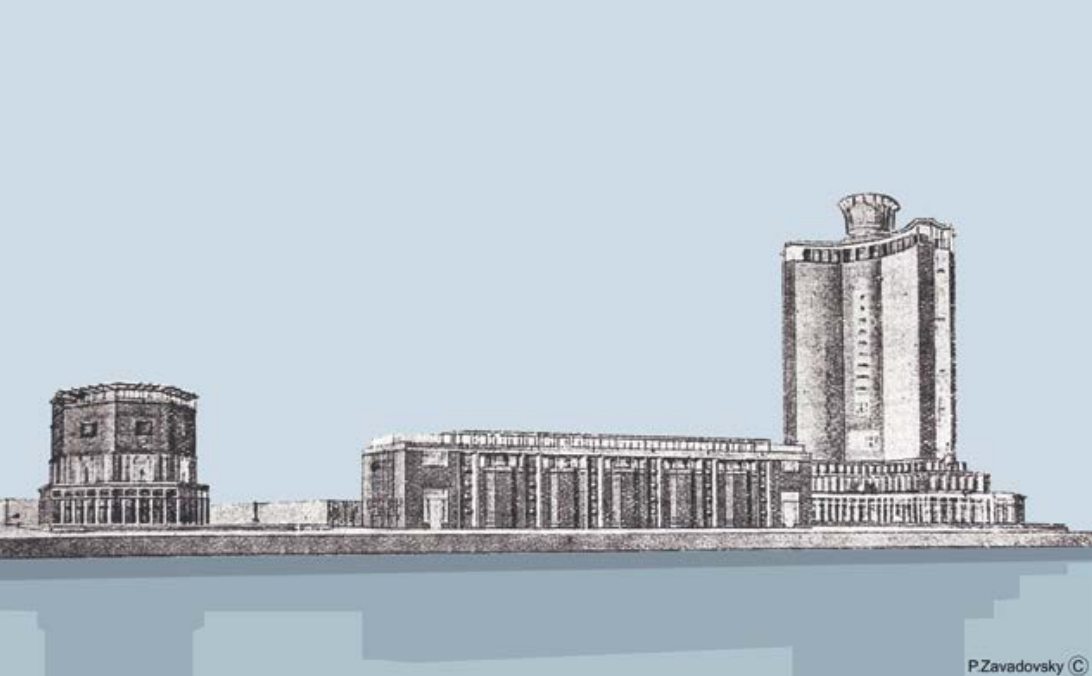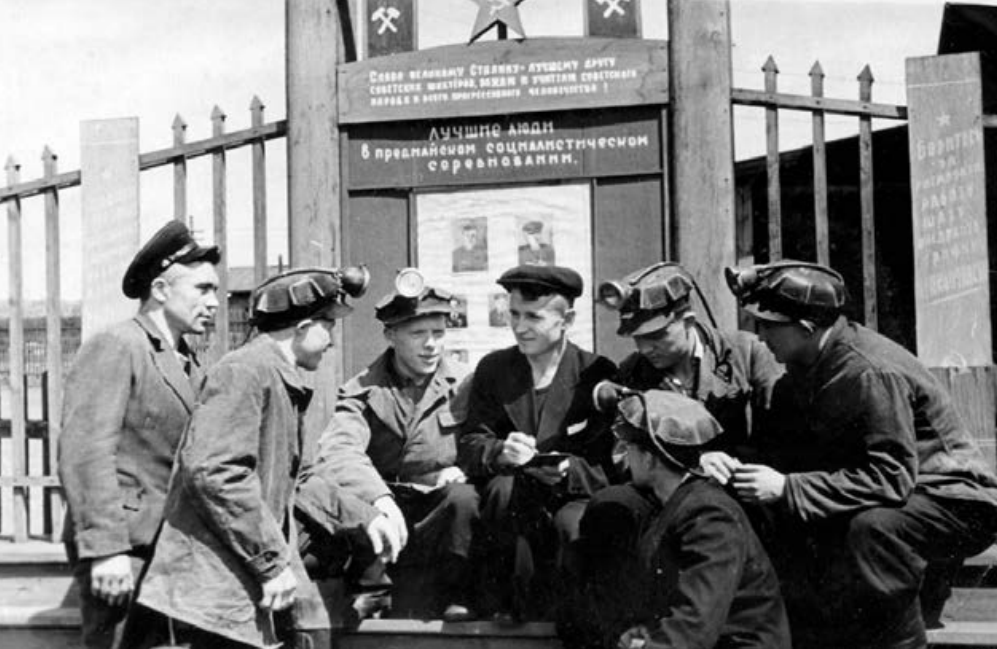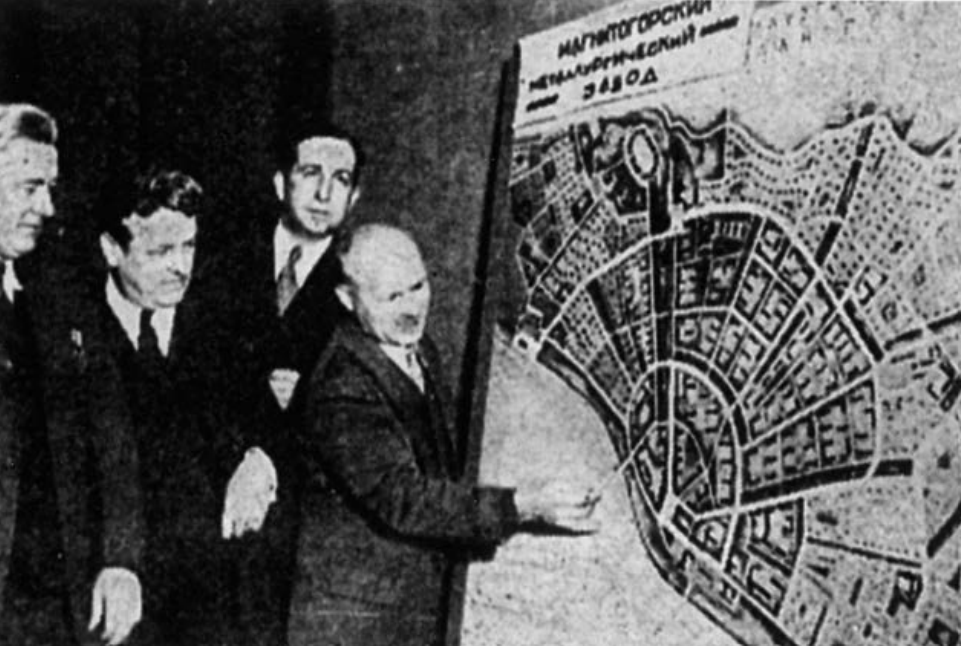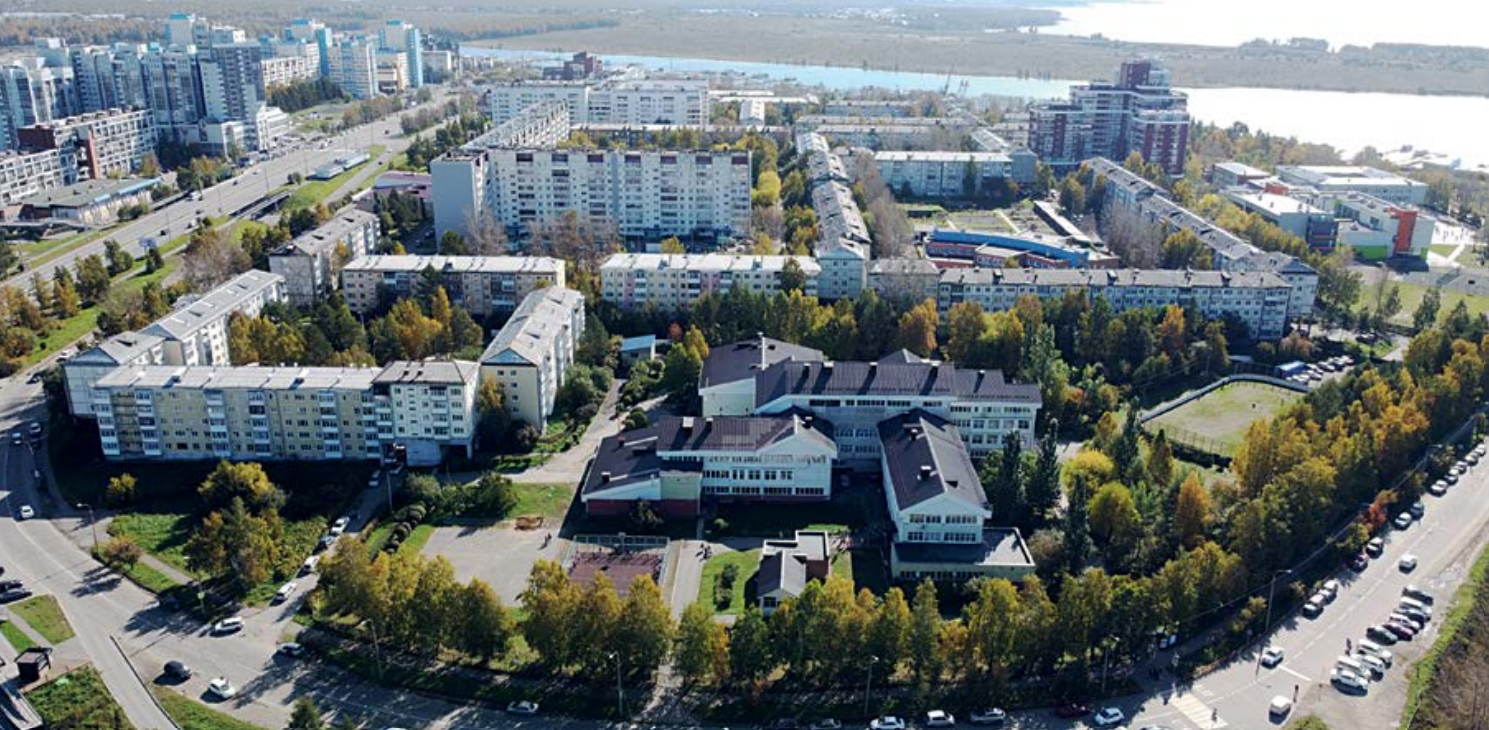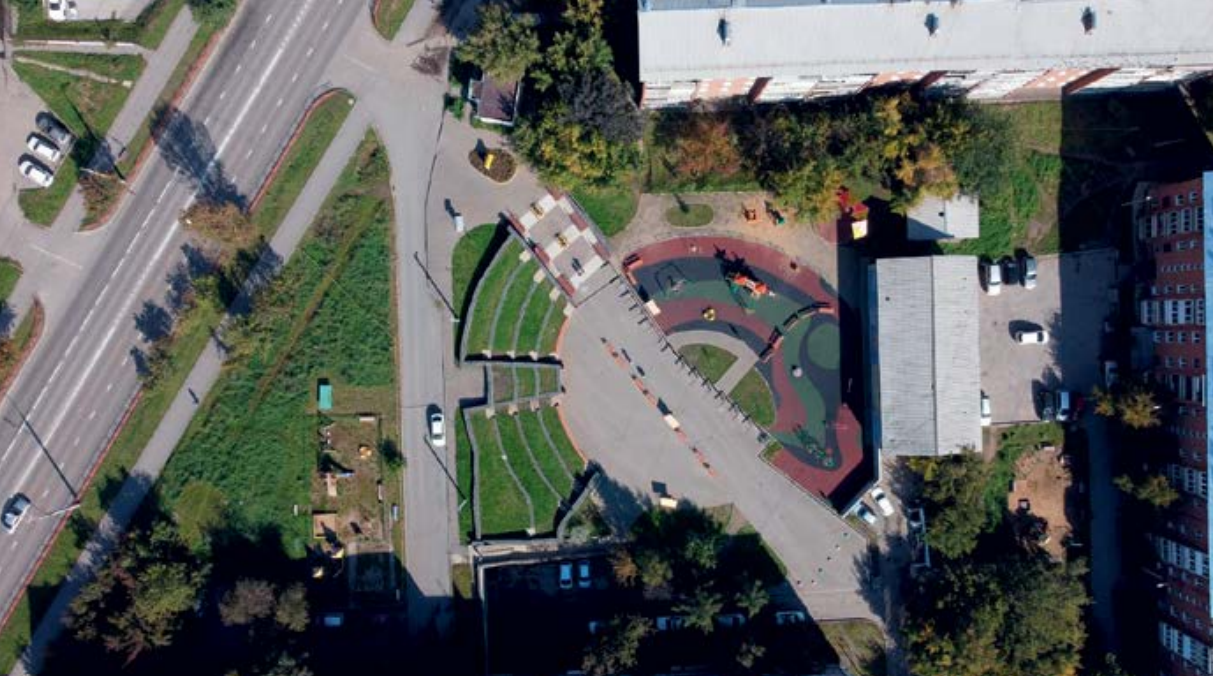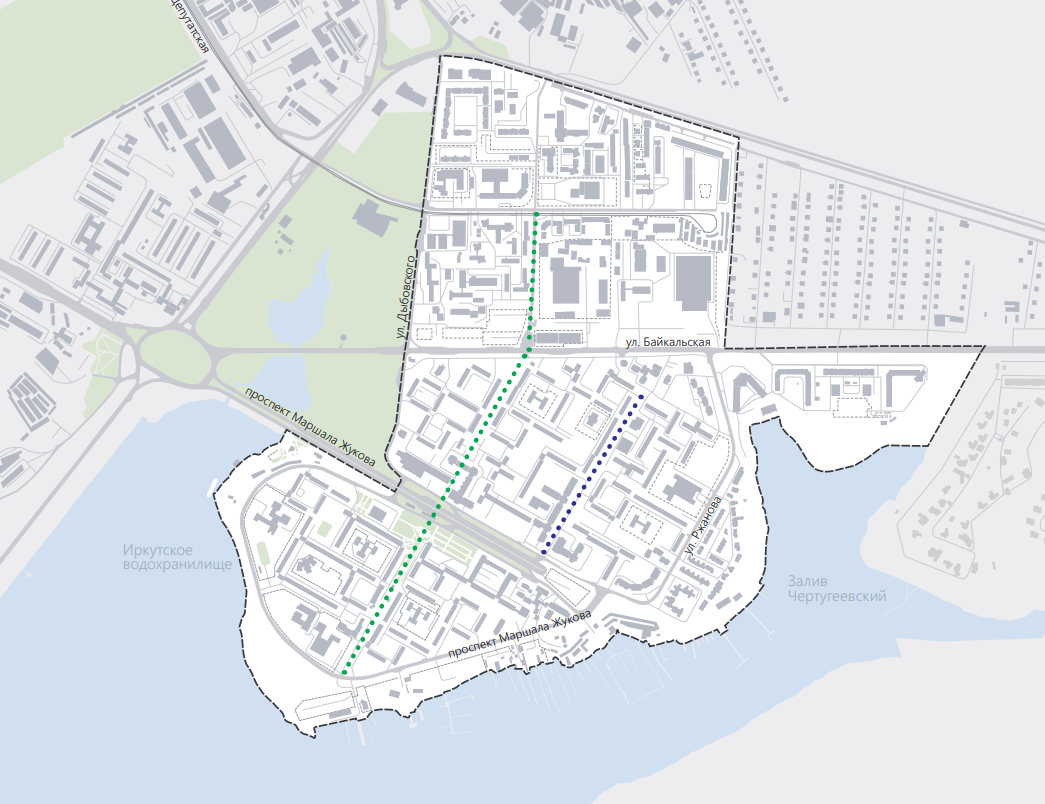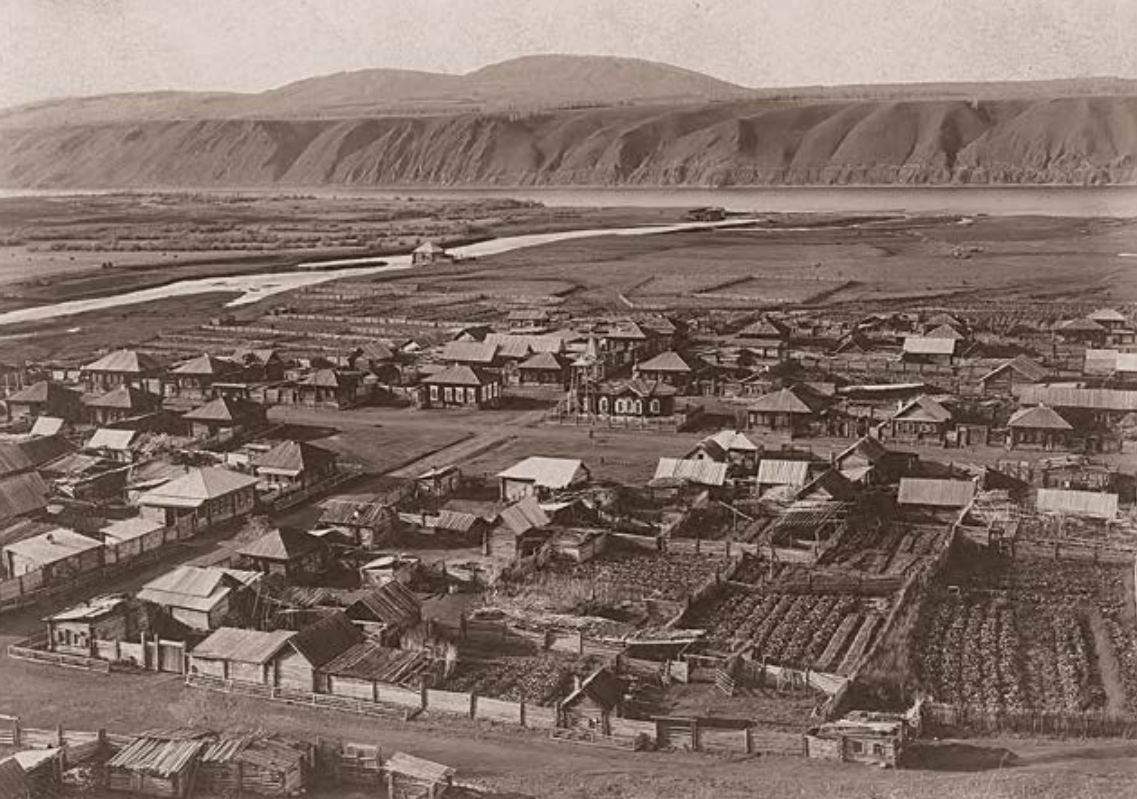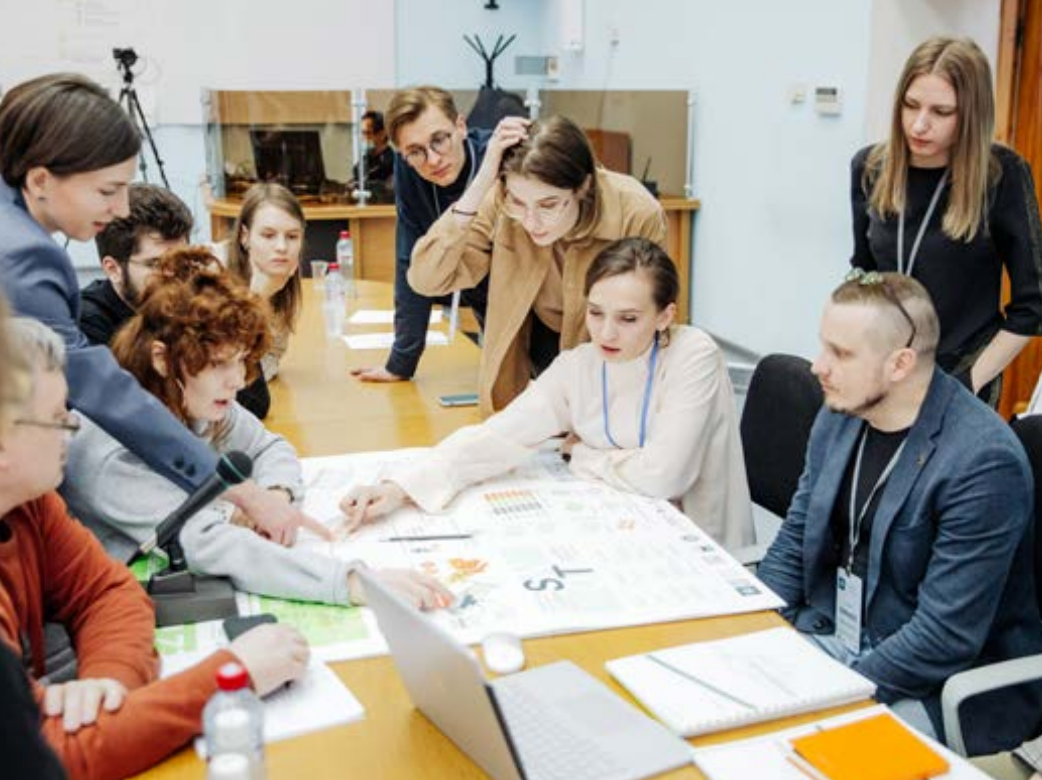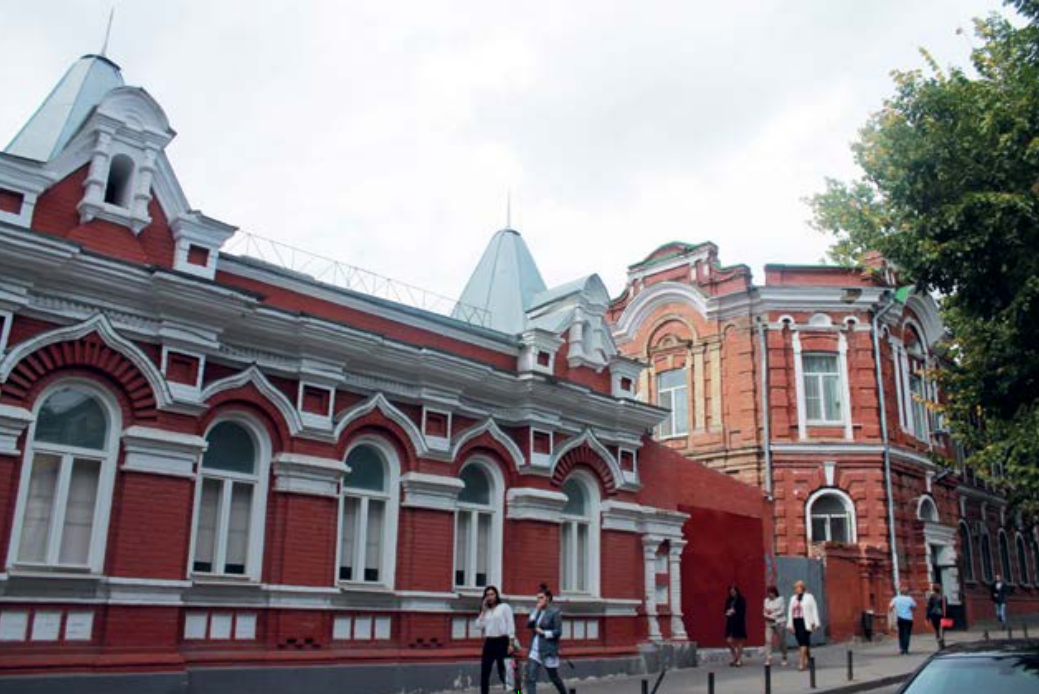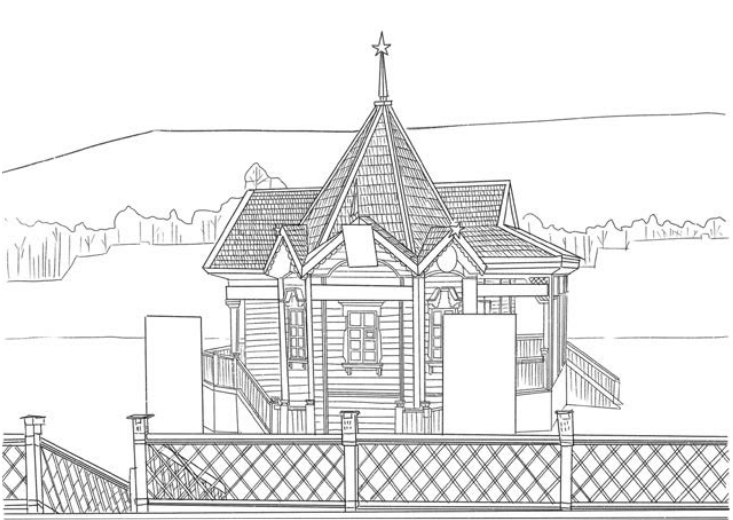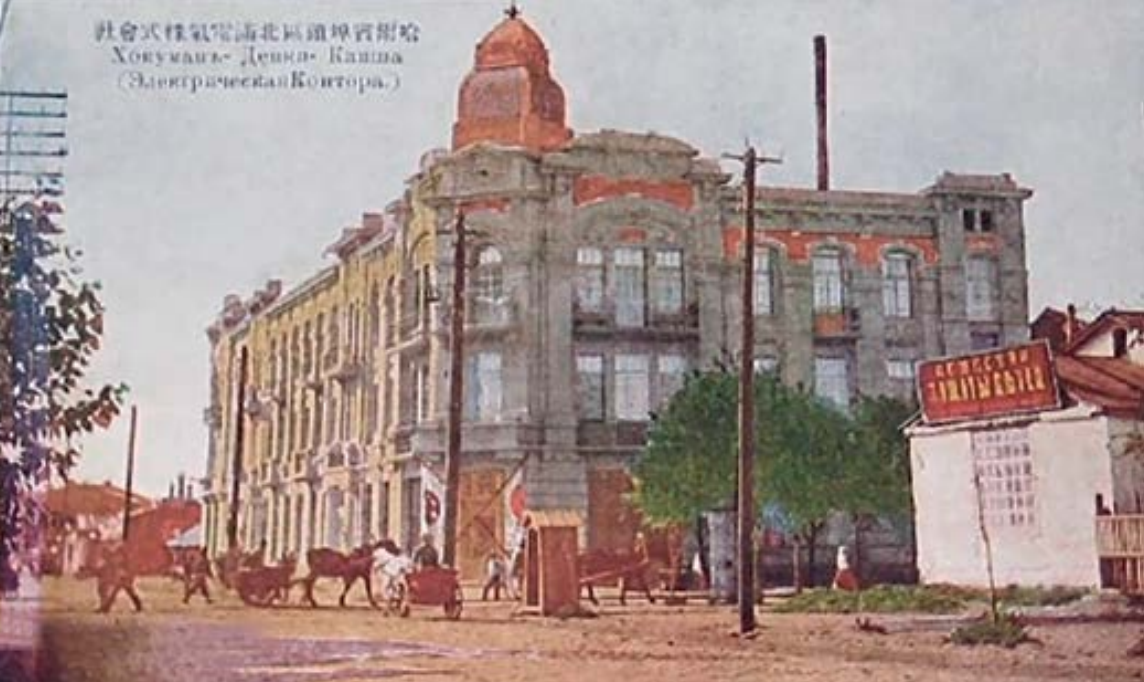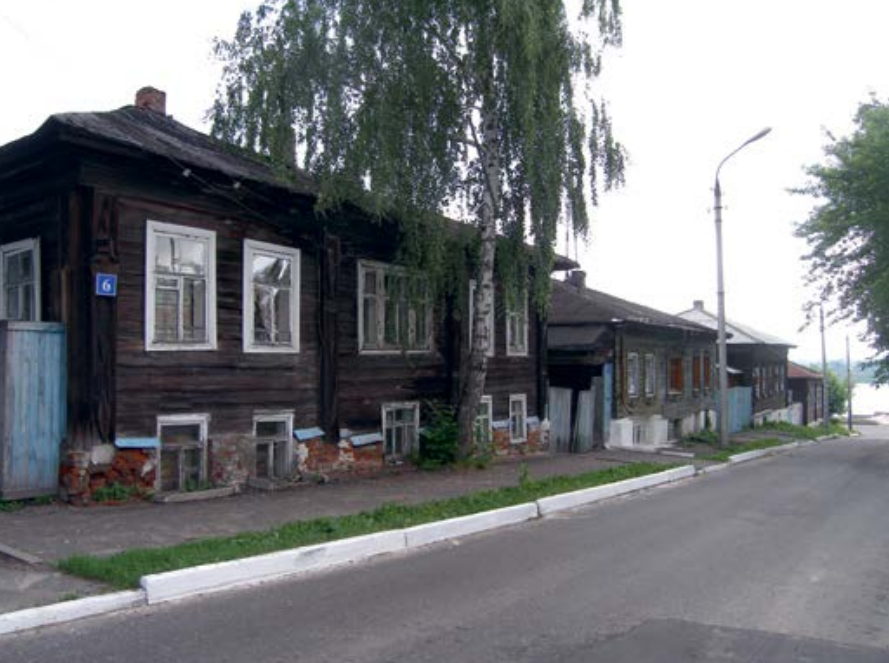editorial
-
The period of the “socialist project” occupied the biggest part of the 20th century. Hugescale social experiments have greatly shaped the present-day city’s appearance. The second half of the 20th century evidenced an unprecedented volume of housing and industrial technologies in house construction and design. Most of us, today’s citizens, live in the neighborhoods and houses built during the socialist era.
Belgrade and Split, Sverdlovsk, Sevastopol, Magnitogorsk, Irkutsk, Krasnoyarsk, Khabarovsk, Odessa, Moscow – all the cities represented in this issue demonstrate the achievements...
community
-
The news section announces the topics of the UIA 2021RIO World Congress of Architects, its prizes and the jury. The news also presents the winners of the 2020/2021 UIA Friendly and Inclusive Spaces Awards and announces the 5th International Baku Architecture Award.
-
This news section presents the lections and discussions held in the Irkutsk House of Architects, the meetings of the RAACS and the Union of Architects of Russia, as well as other Russian architectural events.
-
The article tells us about the events of the 16th Forum of architects-mountain skiers, which was held in Sheregesh in March 2021. The participants of the working meetings exchanged information and discussed topical issues of regional organizations of the Union of Architects of Russia. The article presents the list of the winners of the ski, table tennis and billiard competitions.
-
The 15th All-Russian architectural festival “ArchBukhta. Teleportation” was held on Olkhon Island from 10 to 15 March. More than one hundred people from seven regions of Russia, from the first organizers to first-year students, took part in the competition. The article formulates the main idea of the Festival – to create art objects from local materials. The article also presents the results of the Festival: 20 art objects arranged on the territory of the Art Residence “Port Olkhon”. Five of them received prizes.
-
The book presents a new study on the Soviet Union's Higher Art and Technical Studios, known as Vkhutemas, and their pioneering curriculum that has been a source of inspiration for generations of architects, designers, and artists until the present day. The processes of institutionalizing the avant-garde, integrating architecture and science, teaching and praxis are analyzed. The experimental methodology of the pedagogical process is highlighted.
refereed articles
-
Andrey Bokov explores the Soviet space and its three stages, its stable characteristics and evolution of relationship between a city and a village. He evaluates the significance of production for Soviet cities and analyzes the evolution of the social structure of the Soviet society. Bokov highlights the changes in the role of Soviet architects and architectural language and the impact of the post-war experience of the West. The author identifies specific characteristics of post-Soviet cities of the RF and the relationship between business, power and society. He underlines the lack of...
-
We have long regarded beating babies of avant-garde to be the most serious cultural crime, which threw the USSR back from the front line of architecture by 20-30 years and made them start from the beginning in 1960. If Stalin had seen a mainstream for architecture in that advanced idea and supported it, we would have had quite a different Soviet architecture today. His choice put an end to the constructivism utopia, according to which architecture would become a technical means of life organization. Ginzburg’s constructivism of the 1920s was a clear program of the common style and...
-
The political events and global socio-economic reforms carried out by social democrats in the early 20th century, expansion of the capital of Austria and the inflow of the working class caused the building of a “garden city” with rich infrastructure, parks and available and comfortable dwelling. The skills of advanced Austrian architects, ideological meaning together with economic forces,
spatial concept and socialist slogans gave birth to a new architectural identity. -
In the Western Balkans, one can still find many city enlargements produced in the era of socialist Yugoslavia. There is a renewed interest by architectural historians and critics in Yugoslavia's architectural production between 1948 and 1980. However, and more remarkably, we find the images of the former socialist urban utopias back in recent music videos, especially rap videos, where it serves as the backdrop to an unusual mix of violence, drugs, sex, religion, and dance. Somehow the raw beauty of the Brutalism in Novi Beograd and the Modernism of Split 3 crosses over from its socialist...
editorial
-
The concept of a socialist city took shape in a keen struggle between supporters of the idea of a garden city and adherents of the social city. Every movement has an officially recognized founder, its own philosophy and program. The confrontation of concepts in the Soviet architecture has acquired an irreconcilable and uncompromising character. But to what extent are these movements really antagonistic?
The issue is considered on the basis of both historical and theoretical materials and on specific examples of urban planning solutions in the cities of Eastern Siberia, the Urals...
refereed articles
-
The discussion between the followers of Howard’s garden city concept and supporters of the Fordian social city concept is considered on the basis of archival documents. The discussion took place in the 1920s and ended with the administrative suppression of one of the parties, which largely determined the ways of further development of the socialist urban planning. The article expresses the thesis that the opposing concepts were not antagonists at all. The development of architecture over
the next hundred years has shown that both concepts are successfully developing, complementing... -
Baroque and classicism were called a binary star. In the national architecture, the avant-garde and neoclassicism can be also called a binary star. The model of succession of styles in architecture does not reflect the real situation in the 1920-1950s. Neoclassicism and different movements of “contemporary architecture” run parallel to each other both in the West and in the USSR. In the 1920s, the avant-garde was brighter, while In the 1930-1950s in the USSR – neoclassicism. “The new world of socialism” was observed in the patterns of “contemporary architecture” by party ideologists...
-
The third article of the series devoted to the stylistics of late constructivism and the role of I. I. Leonidov in its formation reviews the use and transformation of Leonidov’s patterns in the late creative works by M. Ya. Ginzburg (1935-1945). The study includes
little-known and previously unpublished materials and the author’s reconstructions. -
Elaboration of architectural and landscape projects in Sevastopol is first considered through the example of healthcare facilities.
Sevastopol hospitals were designed with a pavilion planning system and high-quality landscaping. They became part of a number of residential neighborhoods created in a similar way to garden cities during the revival of the hero city after the Great Patriotic War. -
Basing on the archive documents related to the Stakhanovism in the East-Siberian region, the authors study the dwelling and household conditions of the foremost workers’ life in 1935-1936. The historical materials, including letters, memoirs, reports etc., show the course and results of the housing and social policy of the Soviet government through specific examples.
-
The author reviews the history of the birth of the master plan for the socialist city of Magnitogorsk in connection with new publications and new design materials. An attempt is made to expand the boundaries of the version of the competition for Soviet and German specialists, the value of all planning projects created in the 1929-1930s is highlighted, and the need for preservation and development of the quarter No. 1 of the Socialist City as a world famous urban planning monument is again pointed out.
editorial
-
The late stage in the development of a socialist city in the second half of the twentieth century is usually attributed to the phenomena of the “modernist wave”. This period saw the highest rise of the Irkutsk school of architecture, and we continue to publish materials about the wonderful Irkutsk sixtiers and their best urban planning projects, which have not lost their relevance.
The lively, modern character of many aspects of the socialist city is discussed in articles from Irkutsk, Krasnoyarsk and Khabarovsk. The article on updating Cheryomushki in Odessa is a continuation of a...
refereed articles
-
The article touches upon the questions of the evolution and potential for the development of urban fabric in the case study of the Solnechnyi microdistrict in Irkutsk. The methods for structural analysis of the potential for the neighborhood development are applied on the scale of the microdistrict and housing typology. It serves as a basis for modeling and adaptation of the existing housing to a change in the internal and external conditions of development. The proposed adaptation methods for the development allow to enhance our insight into the spatial potential of the structure and...
-
The article considers the place of public spaces in the fabric of panel microdistricts, Pervomaisky and Universitetsky in Irkutsk. It analyses the current condition and problems of public spaces. It gives the examples of improvement of areas under the federal and regional programs on improving the comfort of urban environment. The specific features of the formation of a pedestrian
boulevard in the given microdistricts are revealed and the necessary factors for the creation of a successful and frequented public place are identified. -
The modernist development of Irkutsk and related issues of its toponymy are considered. The impact of the Irkutsk architectural school of the 1960s, its founders V. Pavlov, V. Voronezhsky and V. Bukh in the development of urban planning practice is emphasized. The necessity to introduce the names of the "sixtiers"into the toponymy of Irkutsk is substantiated. It is also necessary to continue the implementation of their projects, which will allow solving urgent tasks related to the improvement of the boulevards – the main pedestrian axes, forming human flows on them, and thereby ensuring...
-
The study is based on the historical analysis and archival photographic materials of the Krasnoyarsk Museum of Local Lore. The
article is focused on residential architecture and its significance. It describes the housing development of Krasnoyarsk’s right bank in the 1960-1970s. It presents the examples of residential buildings of historical and cultural value. The article reviews the formation of the ensembles of the prospect named after the newspaper “Krasnoyarsk Worker”, the “Stone Quarter”, the Bridgehead Square and other areas of Krasnoyarsk’s right bank. -
The article deals with the creative heritage of the Far Eastern architect and public figure A.S. Cheskidov, the author of numerous projects and buildings in Khabarovsk and Komsomolsk-on-Amur. The article analyzes various types of buildings constructed upon his projects, his pedagogical activities related to the training of architects, his multifaceted public work, including his participation in the Commission for the awarding of State Prizes in the field of literature and art.
-
The shortage of residential space in many urban areas and the question about how this can be alleviated leads to the existing large residential housing estates, which are of great significance when it comes to providing living space for broad sections of the population in the future. Large housing estates potentially have a valuable role to play in providing housing – the dwellings there are highly adaptable, making them suitable for designing a living environment with few barriers, and they also have a high proportion of open spaces. In order to transform prefabricated dwelling areas...
-
The projects of the teams participating in the 22nd project session of the International Baikal Winter University of Urban Planning Design, dedicated to the regeneration of urban areas using the KRT standard. Using the example of the improvement of the sites Novo-Lenino, Ushakovka, Yubileiny and Lisikha in the city of Irkutsk, the teams proposed new ideas for working with built-up areas, which can be implemented not only for Irkutsk, but also for other similar areas around the world. The importance of the regeneration of built-up areas as hidden resources for the development of the city...
refereed articles - heritage
-
The aim of the study is to review the architectural-artistic, design and functional features of charity institutions through the example of the House of Diligence named after P. R. Maksimov, as well as peculiarities of the architect Nikolai Matveevich Sokolov’s creative method. The study was based on the historical analysis of P. R. Maksimov House of Diligence, archival and on-site investigations, and photofixation of the object. The article introduces new factual data and systematizes information on N. M. Sokolov’s creative legacy.
-
The article focuses on the search for architectural representations of the Russian Empire on new lands (the Far East and Turkestan), which simultaneously became part of it in the late 19th – early 20th centuries. The article consists of two parts. The first one reviews the architectural and spatial arrangement of railways, which were the colonization structural frame: the eastern part of the Transsib (the Amur and Ussuri Railways), the Chinese Eastern Railway (CER), and the Trans-Caspian
Military Railway (TCMR). The second part of the article describes the evolution of the colonial... -
The article tells us about Russian engineers of different specializations, who worked in the north-east of China, in Manchuria, in the first half of the 20th century, and whose professional activities were related to building banking institutions. It provides brief information about V.I. Baby, S.A. Vensan, G.V. Golovanov, P. L. Egorov, V.I. Kalabanovsky, Yu.K. KeroOr, I.I. Korablev, V.V. Koryagin, S.I. Maslenikov, S.N. Peshkov, V.A. Rassushin, P. S. Safaryants, D.V. Uskov, B.A. Chernyavsky and P.A. Shchelkov. The article highlights the impact of their activities on the development of...
-
Wooden architecture is regarded as a basis for Russian cultural identity. A short journey into the history of its preservation is made. The design and practical experiences of Irkutsk, Tomsk, Nyandoma and Tallinn are viewed as contemporary examples of preservation of wooden urban houses. The author considers starting demolition of the unique workers’ settlement Chagoda built from wood in the constructivist style to be one of the recent losses. The article points out the necessity of cardinal public reevaluation of national values and a traditional Russian wooden house.

